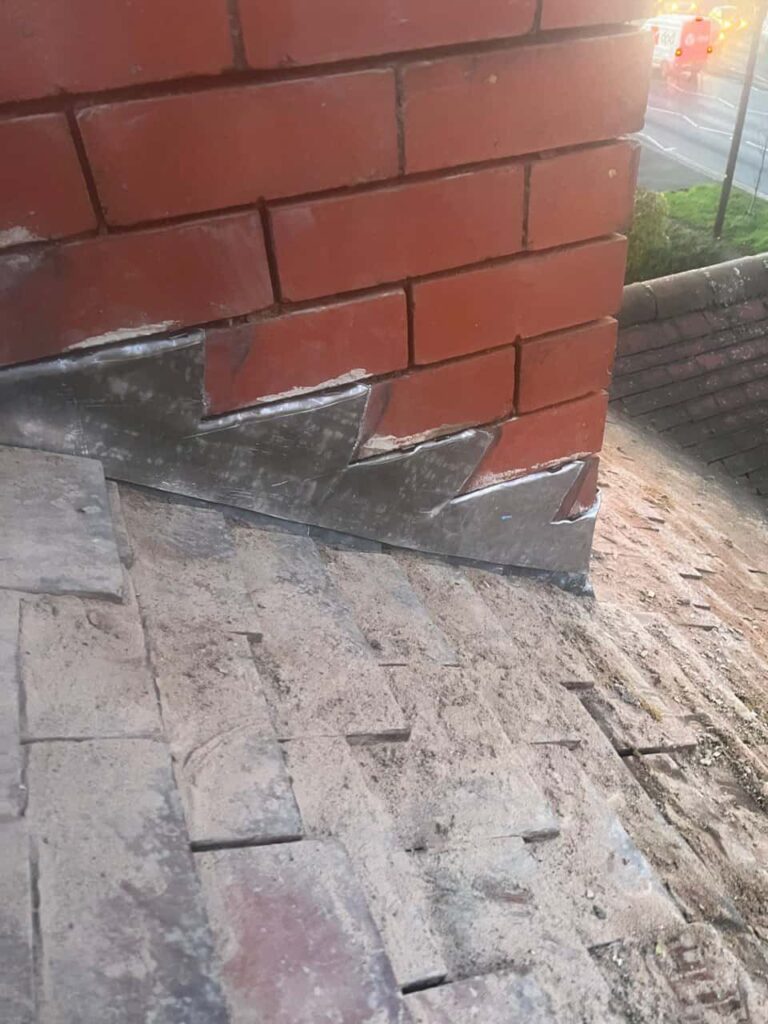Introduction
Flat roofs are a popular choice for many properties due to their modern aesthetic, affordability, and efficient use of space. However, like any roofing system, flat roofs are susceptible to leaks and damage. Left undetected, a small leak can quickly turn into a major issue, leading to costly repairs and potential structural damage.
For homeowners and business owners in Harefield, Greater London, it’s important to know how to spot a flat roof leak early, before it escalates into a serious problem. In this article, we’ll discuss common signs of flat roof leaks, how to detect them, and the steps you can take to prevent further damage.
Common Causes of Flat Roof Leaks
Flat roofs are prone to leaks due to their unique design. Unlike pitched roofs, flat roofs rely on proper drainage to prevent water from pooling. When the drainage system is blocked or compromised, water can accumulate on the roof, leading to leaks. Common causes of flat roof leaks include:
- Damaged or cracked roofing material: Over time, the materials used on flat roofs, such as bitumen, EPDM, or TPO, can become damaged due to age, UV exposure, or extreme weather conditions.
- Improperly sealed joints: The seams where different sections of the roof meet can be vulnerable to leaks if not properly sealed or maintained.
- Clogged drains: If the drainage system becomes blocked by debris, water can pool on the roof, increasing the risk of leaks.
- Standing water: Flat roofs that do not have adequate drainage can allow water to pool, which can eventually seep through the roofing material.
Signs of a Flat Roof Leak
Detecting a flat roof leak early is essential to prevent significant damage. Here are some common signs to look for:
1. Water Stains or Dampness on Ceilings and Walls
One of the most obvious signs of a roof leak is water stains or damp patches on the ceiling or walls inside your property. These stains may appear as dark brown or yellowish marks, and in more severe cases, they can cause paint or wallpaper to peel away. If you notice these signs, it’s important to investigate the roof to identify the source of the leak before further damage occurs.
2. Pooling Water on the Roof
If you notice pools of water on your flat roof, this could be a sign of inadequate drainage. Standing water can eventually seep into the roof membrane, causing leaks and potential long-term damage. It’s essential to inspect the roof regularly for signs of pooling, especially after heavy rainfall.
3. Mould or Mildew Growth
Mould and mildew thrive in damp environments, and if there is a leak in your flat roof, you may notice mould growth on walls, ceilings, or even the roof itself. Mould can lead to health issues, including respiratory problems, so addressing the leak promptly is essential to prevent further complications.
4. Visible Damage to the Roof Membrane
If you can safely access your flat roof, inspect the roof membrane for visible signs of damage. Look for cracks, splits, punctures, or blisters, which can all create entry points for water. If you notice any of these issues, it’s essential to call a professional roofer to assess the extent of the damage.
5. Excessive Wear and Tear Around Roof Edges and Drains
The edges of flat roofs and the areas around drains are particularly vulnerable to wear and tear. Check for any signs of damage or deterioration around these areas, as they can be the first places where leaks develop.
Steps to Take If You Suspect a Flat Roof Leak
If you suspect that your flat roof has a leak, there are several steps you can take to prevent further damage:
1. Inspect the Roof Regularly
Regular inspections of your flat roof are crucial to catch leaks early. Look for any signs of damage, pooling water, or visible wear. Pay special attention to the seams, drains, and edges of the roof.
2. Clear Blocked Drains and Gutters
Ensure that your flat roof’s drainage system is clear of debris, leaves, and other obstructions. Clogged drains can cause water to pool on the roof, increasing the risk of leaks.
3. Monitor Interior Signs of Water Damage
Inside your property, monitor areas where water damage is most likely to appear, such as ceilings, walls, and corners. If you notice any changes, such as water stains or dampness, investigate further and take action immediately.
4. Contact a Professional Roofer
If you detect a potential leak or notice any of the signs mentioned above, it’s essential to contact a professional roofer to inspect your flat roof. A professional can identify the source of the leak, assess the damage, and recommend the appropriate course of action to prevent further issues.
Conclusion
Detecting a flat roof leak early can save you from costly repairs and extensive damage. Regular inspections, monitoring signs of water damage, and maintaining your roof’s drainage system are essential to keeping your flat roof in good condition.
For homeowners and businesses in Harefield, Greater London, LS Roofing Harefield offers expert roof inspections, leak detection, and repair services. If you suspect a flat roof leak or would like to schedule a routine inspection, contact us today for professional advice and assistance. Let us help you protect your property and ensure the longevity of your flat roof.
Call us on: 01895 546 498
Click here to find out more about LS Roofing Harefield
Click here to complete our contact form and see how we can help with your Roofing needs.

